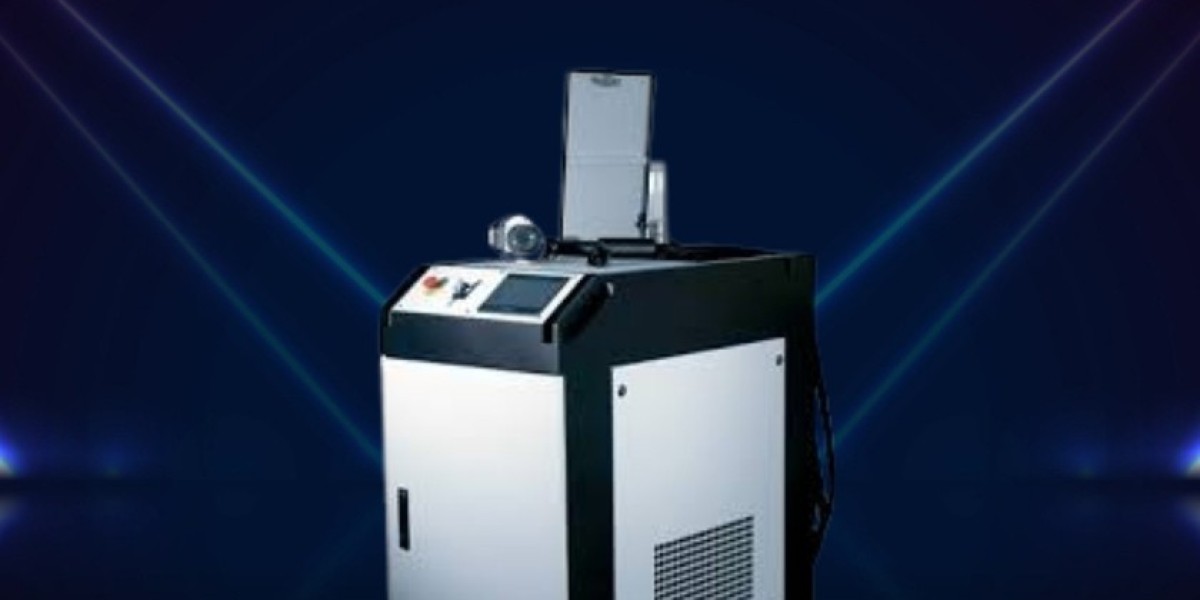Sheet metal laser cutting machine have revolutionized the manufacturing industry by offering unparalleled precision, speed, and efficiency. From intricate designs to large-scale production runs, these machines have become indispensable in various sectors, including automotive, aerospace, electronics, and more. This guide aims to provide a comprehensive overview of sheet metal laser cutting machine, including their principles of operation, key components, applications, advantages, and factors to consider when selecting the right machine for your needs.
Principles of Operation: Sheet metal laser cutting machine utilize high-powered lasers, typically CO2 or fiber lasers, to precisely cut through various types of sheet metal. The process involves focusing the laser beam onto the surface of the material, which melts, vaporizes, or burns away the unwanted sections, leaving behind clean and precise cuts. The machine's computer-controlled system guides the laser beam along the programmed path, ensuring accuracy and repeatability.
Key Components:
- Laser Source: The heart of the machine, generating the high-energy laser beam.
- Optics System: Includes mirrors and lenses to accurately direct and focus the laser beam onto the material.
- CNC Controller: Controls the machine's movements and laser parameters based on the programmed instructions.
- Cutting Bed: Provides a stable platform for holding the sheet metal during cutting.
- Exhaust System: Removes smoke, fumes, and debris generated during the cutting process.
- Cooling System: Maintains optimal temperature for the laser source and other critical components.
Applications: Sheet metal laser cutting machines are used in a wide range of applications, including:
- Fabrication of automotive parts, such as chassis, body panels, and exhaust systems.
- Manufacturing of aerospace components, including structural parts and engine components.
- Production of electronic enclosures, brackets, and heat sinks.
- Creation of intricate designs for architectural elements, signage, and decorative items.
- Prototyping and production runs in various industries.
Advantages:
- Precision: Laser cutting offers high accuracy and intricate detailing, even on complex geometries.
- Speed: Laser cutting is significantly faster than traditional methods, leading to increased productivity.
- Versatility: Can cut a wide range of materials, including steel, aluminum, copper, and more.
- Minimal Material Waste: Laser cutting produces narrow kerf widths, resulting in minimal material wastage.
- Automation: CNC control allows for automated operation, reducing the need for manual intervention.
Factors to Consider: When selecting a sheet metal laser cutting machine, consider the following factors:
- Laser Power: Determines the machine's cutting capabilities, with higher power lasers able to cut thicker materials.
- Cutting Speed: Influenced by laser power, material type, and thickness.
- Bed Size: Determines the maximum size of sheet metal that can be accommodated.
- Software Compatibility: Ensure compatibility with your preferred CAD/CAM software for seamless integration.
- Maintenance Requirements: Consider the frequency and complexity of maintenance tasks to minimize downtime.
Conclusion: sheet metal laser cutting machine offer unmatched precision, speed, and versatility, making them indispensable tools in modern manufacturing. By understanding the principles of operation, key components, applications, advantages, and factors to consider, you can select the right machine to meet your specific needs and propel your business to new heights of productivity and efficiency.







